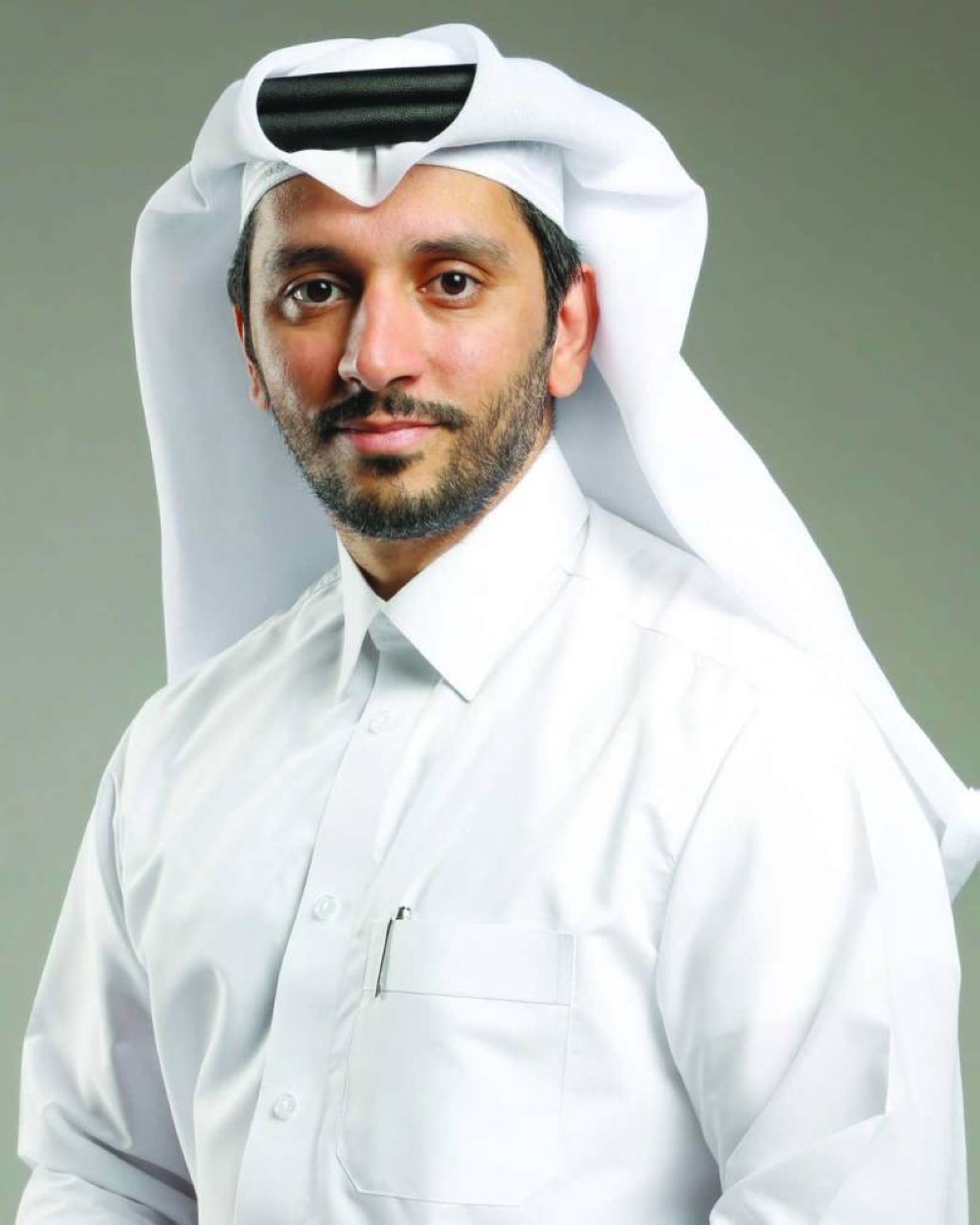Production of liquefied natural gas (LNG) is of central importance to the Qatari economy and, many argue, to the energy transition. Controversial to some, its use is likely to continue for some time
The ‘energy transition’ is often used as a short-hand term to refer to a projected replacement of all fossil fuel use with renewable energy sources. The emerging picture is more complicated than that.
There are two common misconceptions: Firstly, that there can be a straightforward and rapid switch to renewables, and secondly that apparently greener industries such as electric vehicle (EV) manufacture have negligible environmental impact.
Realistically there will have to be a phased transition unless people are prepared to do without electricity at home or forms of transport. The continued use of oil and gas for some years to come does not necessarily mean that the transition has stalled.
On the second point, some of the plastic components in EVs come from petroleum as a raw material, and there are environmental impacts with regards to mining of scarce metals and minerals, freight transport and disposal or recycling.
Earlier this year Corey Grindal, CEO of Cheniere Energy in the US, said use of LNG helps to stabilise prices and reliability of energy supplies during the transition, using a product with reduced greenhouse gas emissions compared with coal. Most studies have concluded that gas is less harmful than coal regarding emissions. Responsible providers use drones and satellites to monitor and prevent leaks of methane gas, which is a greenhouse gas. In addition, LNG providers are developing carbon-capture technologies.
In February, the latest Shell LNG Outlook report projected a 50% rise in LNG use by 2040, driven by replacement of the use of coal, especially by China.
Globally, LNG production quadrupled between the mid-1990s and 2016, according to an industry report by Deloitte, and has continued to grow since. Demand surged following the Russian invasion of Ukraine in February 2022. European nations sought to end imports of natural gas through pipelines from Russia, instead building extra storage capacity for LNG. European consumption of LNG surged 60% in 2022, more than offsetting slight falls in other regions, such that global supplies increased overall.
In late February, Qatar announced that the North Field, which Qatar shares with Iran, has 14% more proven reserves following exploration in the western part of the field, increasing the total for Qatar to 2,000tn cubic feet. North Field is the largest field of reserves in the world. The Qatar government also confirmed an increase in production, cumulatively to 85%, taking production to 142mn tonnes per year by 2030.
The US has significantly increased production and export, provoking some protests on environmental grounds. In late January, President Biden authorised a pause in construction of new infrastructure programmes for the LNG industry, although the US will remain a significant exporter.
For Qatar, LNG is the principal export earner, and the country is well-placed. Extraction and production costs are low, much of the capital expenditure has already taken place in the expansion of the North Field, so exports remain profitable at relatively low global prices. By contrast, much US production is from shale gas, which is a higher-cost operation.
In February, QatarEnergy announced it had selected Nakilat as owner and operator of up to 25 specialist LNG carriers as part of its LNG Fleet Expansion Project, following on from its contracts in 2022 for the long-term charter and operation of 60 specialist LNG ships.
Prices have been relatively low since last year. The initial shock of the February 2022 invasion was huge, with the price climbing to over $90 per million British thermal units (BTUs) in mid-2022, compared with a low of below $10 in 2020 during the pandemic. The price has since stabilised at below $20.
Factors include increasing supplies, the rapid adjustment by Europe to switch to LNG, the construction of storage facilities, an increasing use of renewable energy sources and a relatively mild northern hemisphere winter. Following Qatar’s announcement of production expansion, analysts at Goldman Sachs posted a bearish note, projecting significant over-supply by 2026 and a further fall in prices. Qatari development is based on a long-term strategic view, not short- to medium-term price fluctuations.
In European OECD countries, demand for gas (all categories) fell 7% in 2023, to its lowest level since 1995, according to the International Energy Agency, although the agency warned of an ‘unusually wide range of uncertainty’ regarding forecasts, owing to conflicts in the Middle East and Ukraine.
Producers take a long-term view over projected demand and price. In 2022, for example, Qatar signed a $60bn, 27-year LNG contract with China. Across this timescale, a significant monthly or even annual shift in the global price is not significant.
The future for energy technologies is not possible to map with certainty. Renewable technologies have improved in efficiency, but it takes time for any new technology to scale and have an impact on the market. LNG would appear to have a future for the long-term, which is good news for the Qatari economy, but it is necessary to continue investing in carbon capture, and to monitor developments in newer energy sources.
The author is a Qatari banker, with many years of experience in the banking sector in senior positions.

Fahad Badar
